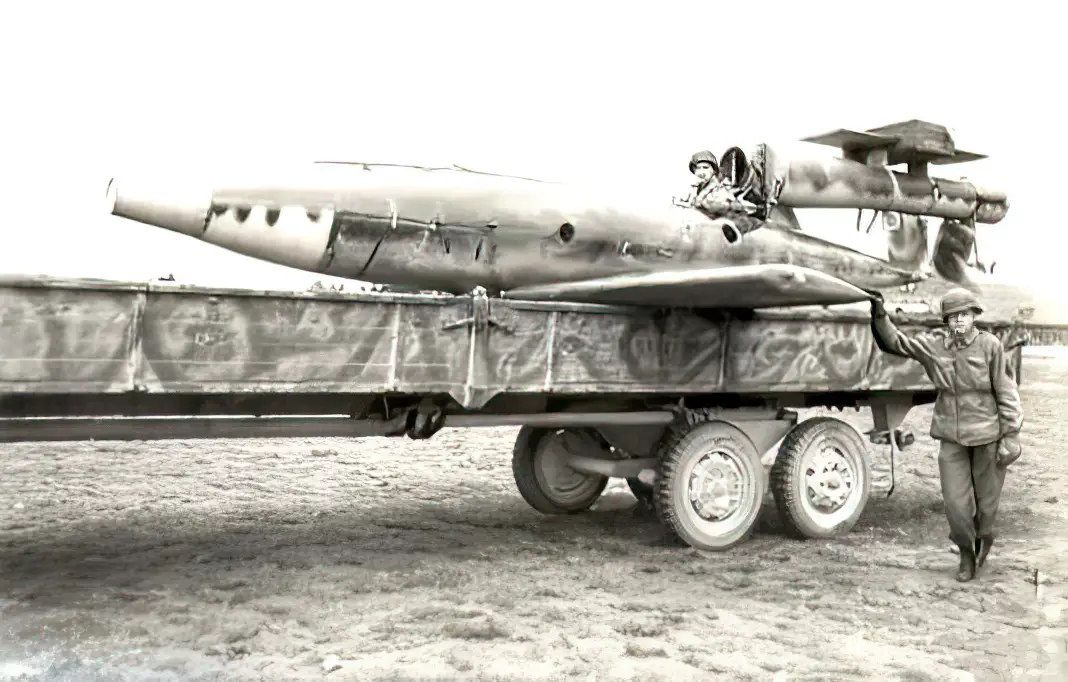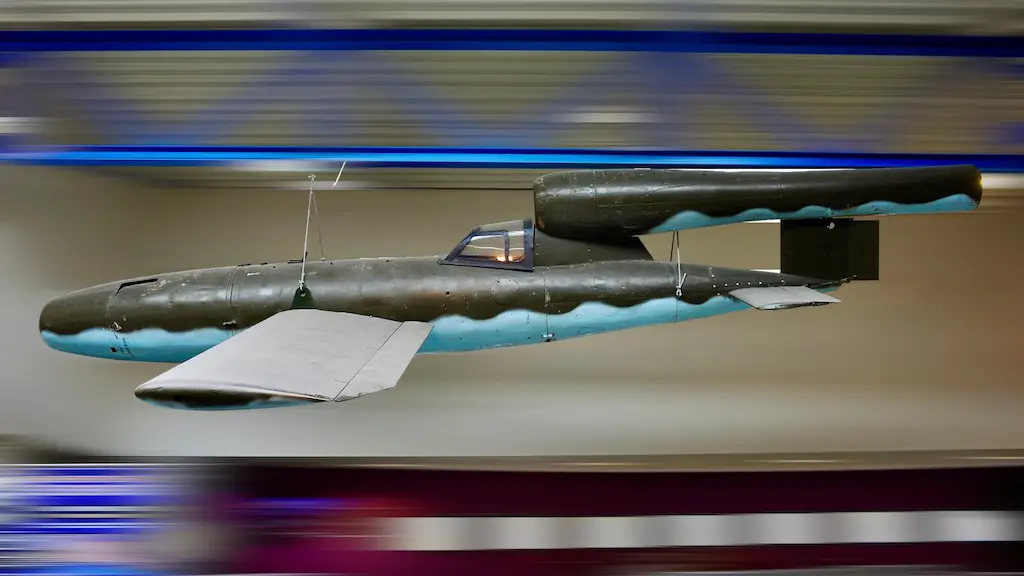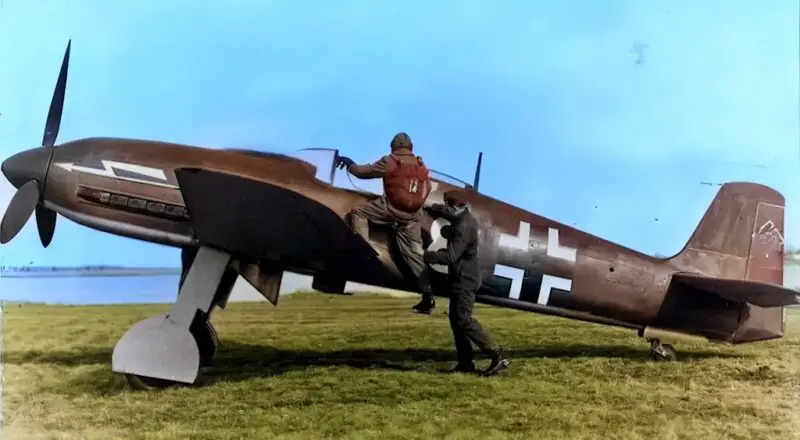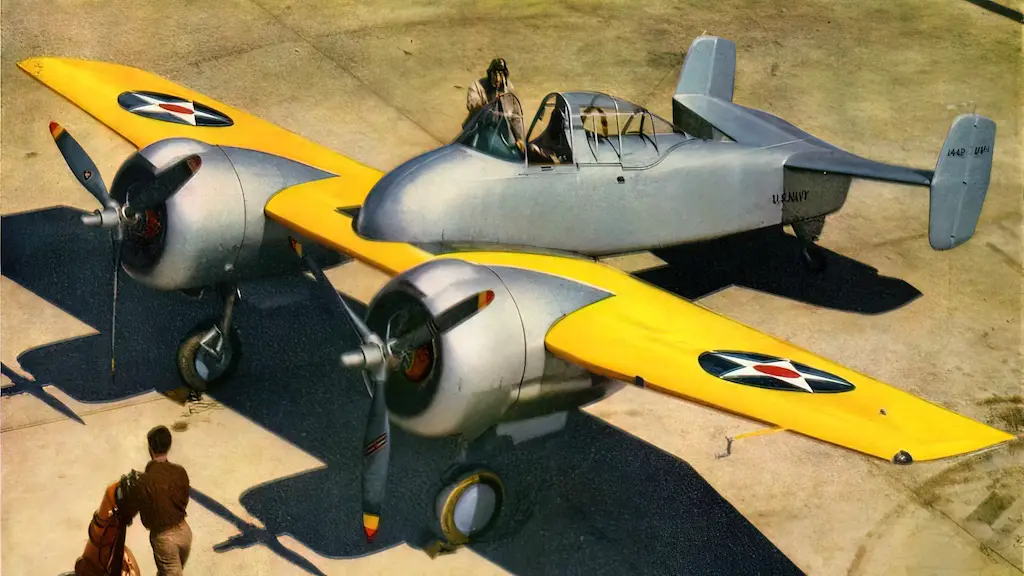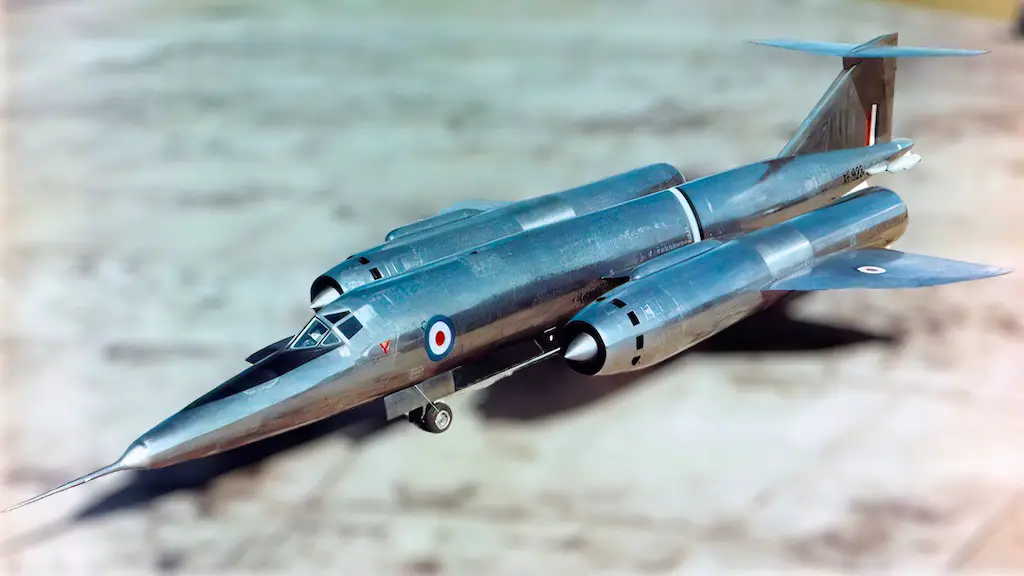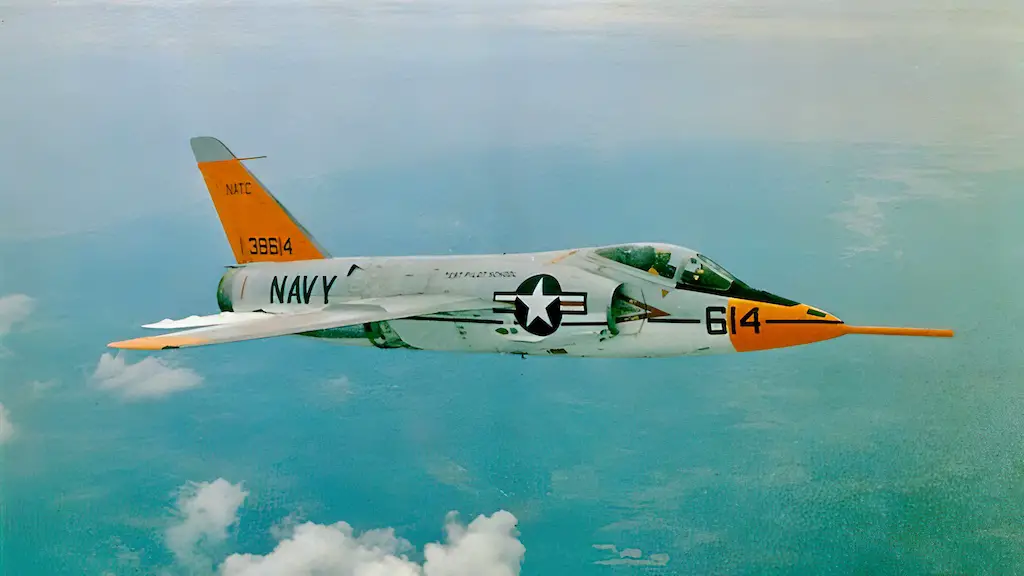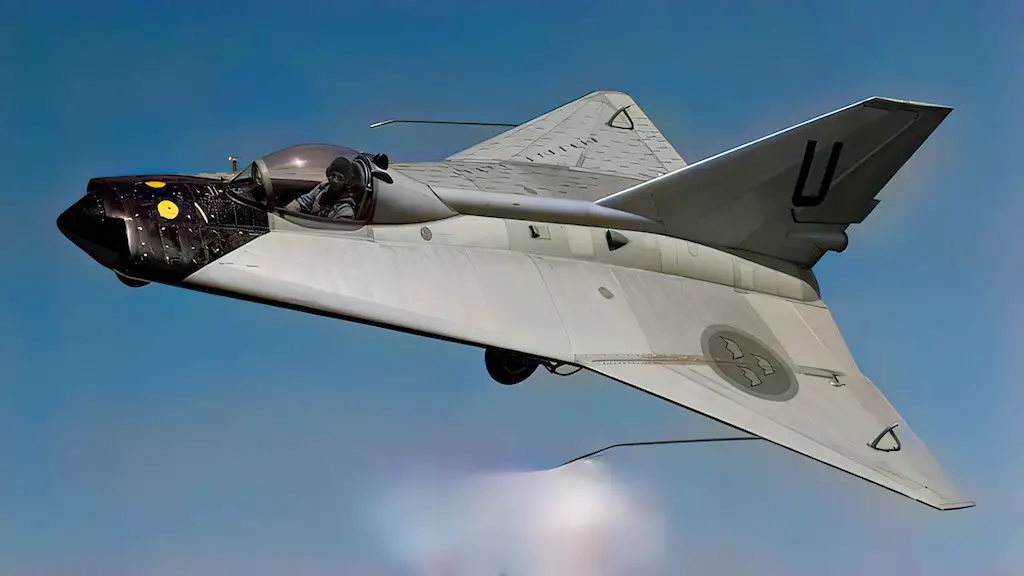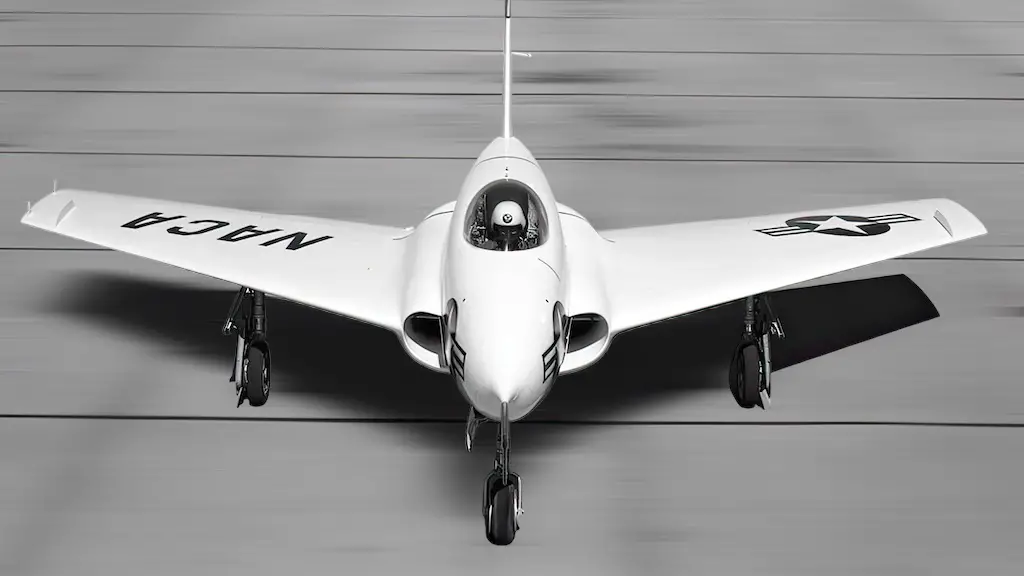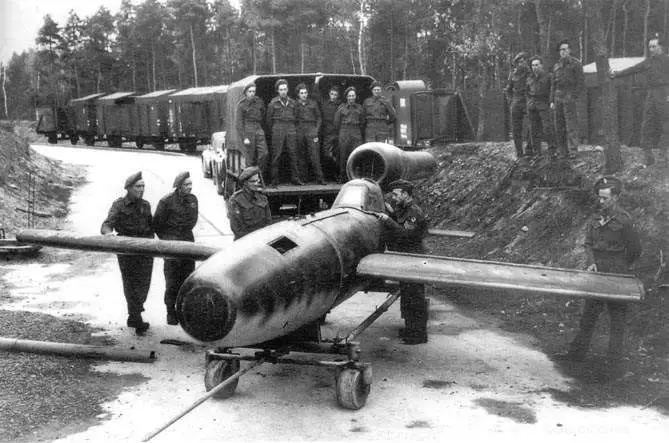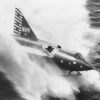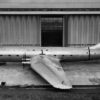Igniting a Desperate Concept
In the midst of World War II, under the heavy pressure of sustaining the war, German engineers embarked on a unique, bold venture. In 1944, they revealed the Fieseler Fi 103R Reichenberg. Unlike other aircraft, this was a manned version of the infamous V-1 flying bomb, a product of desperation and audacity. It was a radical answer to the war’s challenges, a testament to the extreme conditions of those harrowing times.
The Leonidas Squadron, an initiative inspired by the Spartan king’s do-or-die attitude, championed this daunting project. Their intention was clear – developing aircraft for suicide missions, an act of self-sacrifice to create significant damage to the enemy. It was a concept as shocking as it was innovative.
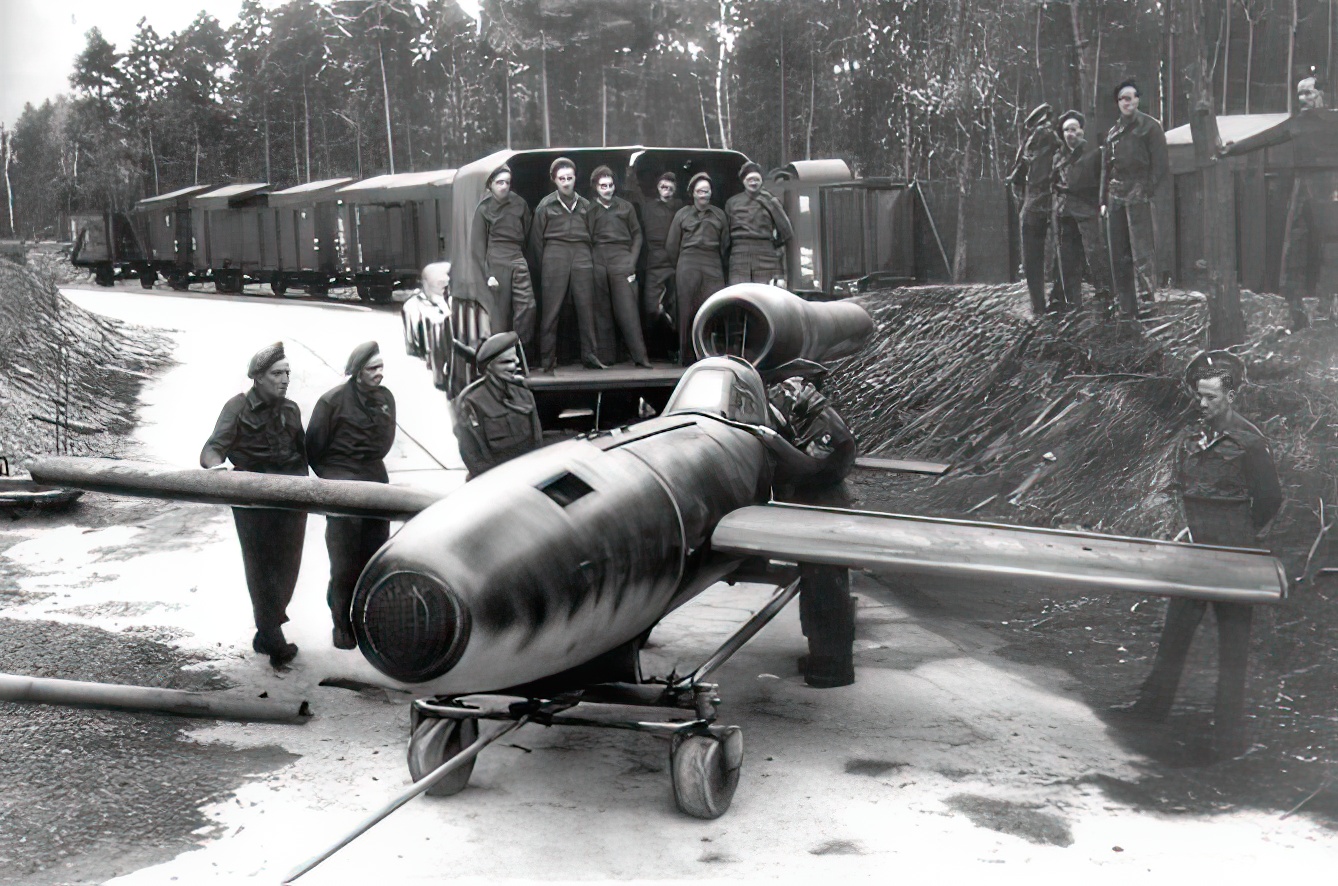
The Anatomy of a Human Bomb
The structure of the Reichenberg was similar to a conventional Fi 103 flying bomb. However, it had one striking difference – a cockpit. Where the guidance systems were typically housed, engineers now provided a seat for a pilot. The single-seater design underlined the mission’s grim nature, setting it apart from all other aircraft of its time.
The cockpit was rudimentary and utilitarian, void of any comfort. This was not a plane meant for long flights, but one for a single, lethal delivery. The very design of the Reichenberg was a chilling reminder of the desperate strategies at play during World War II.
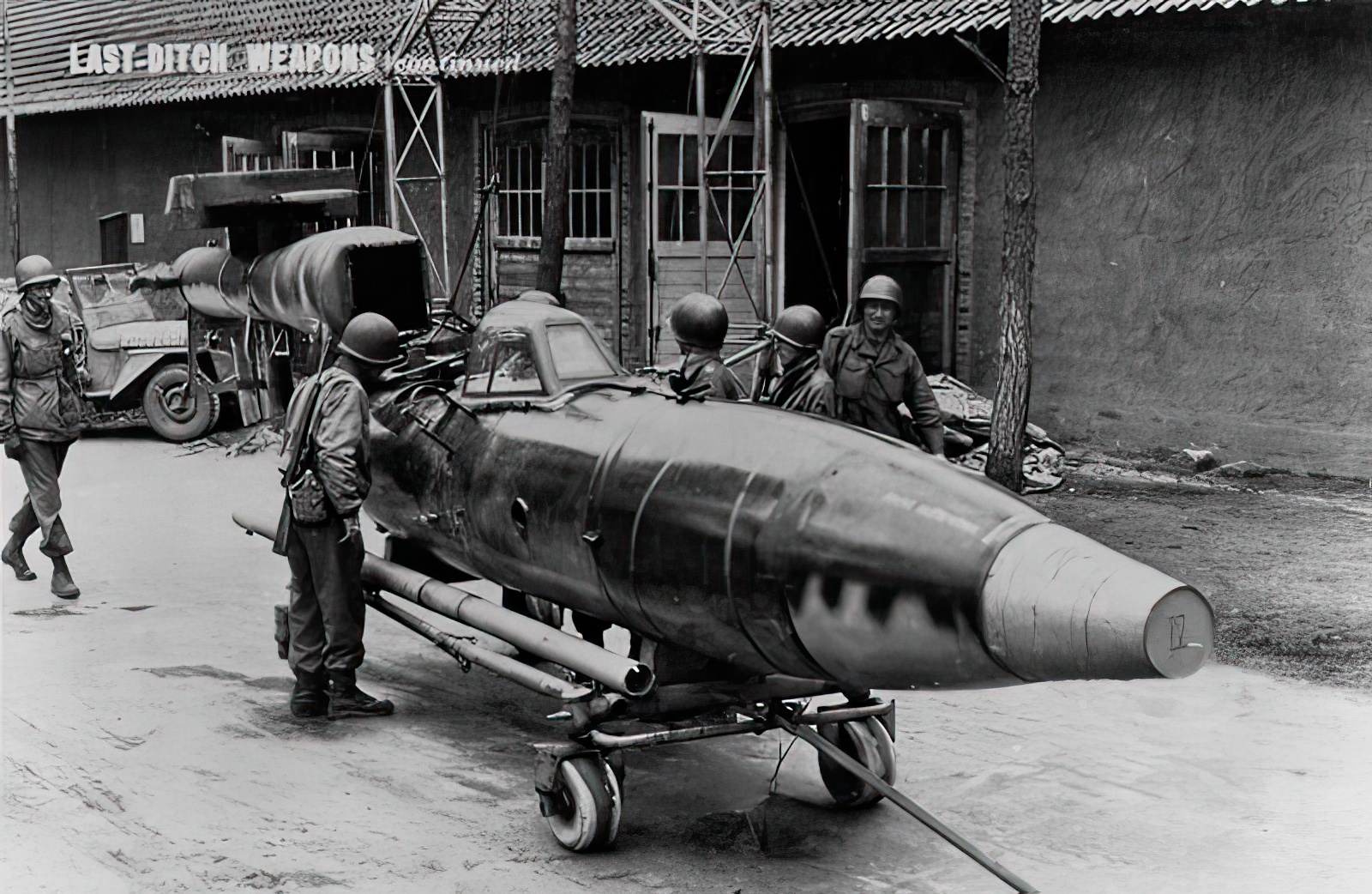
Trailblazing the Skies
In September 1944, the Reichenberg had its first real test flight at the Erprobungsstelle Rechlin. Launched from a Heinkel He 111, the maiden voyage ended in a crash. The incident occurred due to the accidental jettisoning of the canopy, causing the pilot to lose control. The very next day, a second test flight was attempted, but it also culminated in a crash. This string of failures raised questions about the Fi 103R’s flight characteristics and its potential difficulty to land.
In a bid to avoid further accidents and uncover the source of these difficulties, additional test flights were undertaken by two experienced pilots, Heinz Kensche and Hanna Reitsch. Reitsch, despite being an exceptional pilot, also experienced several crashes, miraculously surviving each one unscathed.
On November 5, 1944, during the second test flight of the R-III, a wing detached from the aircraft due to extreme vibrations. Kensche barely managed to parachute to safety from the confined cockpit. These incidents led to the conclusion that the Fi 103R had a relatively high stall speed, which pilots were unaware of. Consequently, attempts to land at speeds too slow for maintaining stable flight led to disastrous results.
The Unseen Legacy of the Reichenberg
The Reichenberg never saw the combat it was designed for. Political conflicts and strategy disagreements delayed its deployment. By the time the aircraft was ready, the advancing Allies had made its use irrelevant. The Reichenberg remained on the ground, its potential for destruction untapped.
However, its influence extends beyond its unfulfilled purpose. The idea of a human-guided missile sparked interest and laid the groundwork for future developments in aviation and warfare technology. Despite the grim nature of its mission, the Reichenberg project offered valuable insights into remote control and guidance systems, contributing to the evolution of unmanned aerial vehicles (UAVs).
In a way, the Reichenberg helped shape the future of warfare. Its contribution to drone technology made it an unexpected harbinger of modern warfare strategies. It serves as a stark reminder of the limitless potential of innovation, even born out of the most desperate of circumstances.
